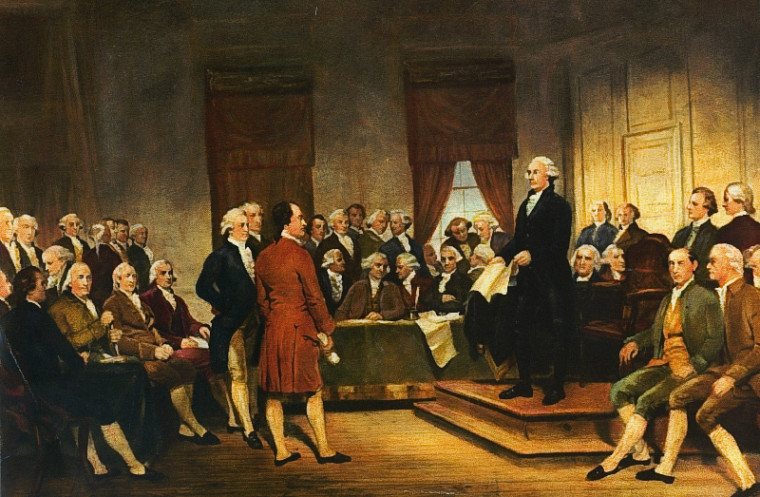Jon Stewart is signing off as the host of the Daily Show after an impressive 16 year run. The fake news show has become a cultural marker and gave voice to many concerned about media, politics, and the future of the country. Having watched the show for much of Stewart’s tenure, it has been fun to look back at some of the old clips of the show’s early days. It doesn’t get much better than Stewart, Colbert, and Carrell doing a comedy bit. What struck me most in looking at old clips was the evolution of the show and Stewart. I think Stewart’s transition can be instructive in thinking about teaching and how we develop our instructional personas in the classroom.

It is so funny to see how Jon Stewart looked and acted in the early days of the Daily Show. His suits didn’t quite fit right. He was clearly not very comfortable. Even the jokes didn’t flow very easily.





